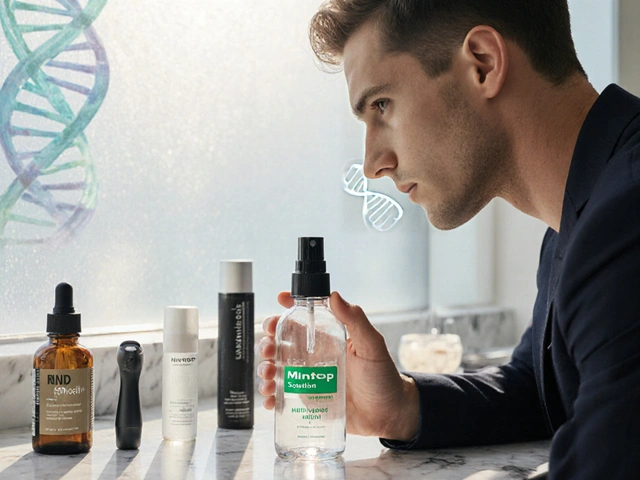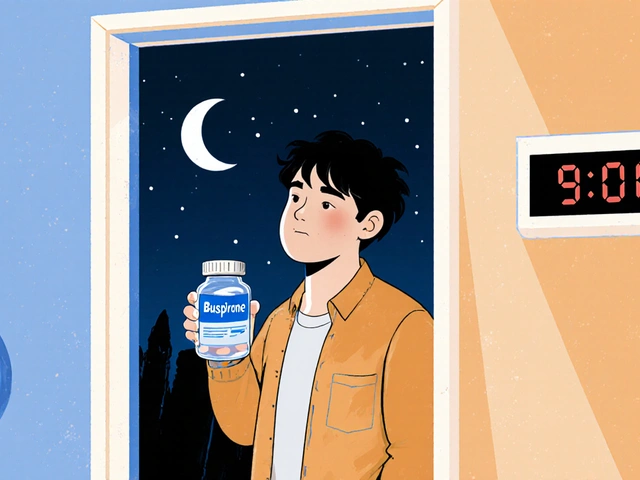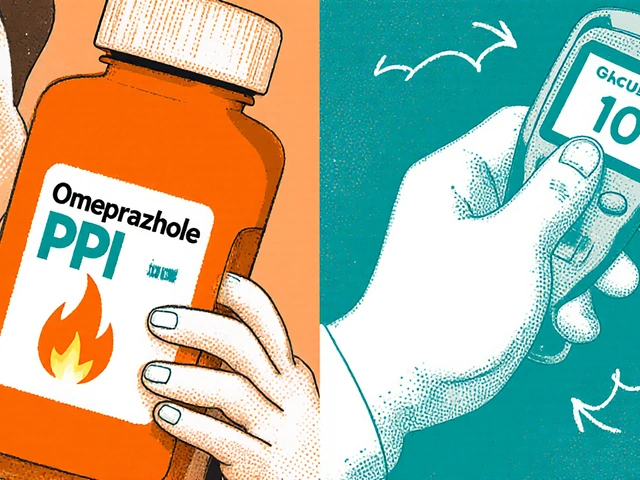Alcohol: What to Know About Drinking and Medications
Alcohol can change how drugs work and raise side effect risks fast. One drink may not matter, but mixing alcohol with certain medicines can be dangerous. This tag collects articles that explain real risks and practical choices so you don’t guess your way through medication and drinking.
Quick drug-alcohol risks
Acetaminophen plus alcohol ups liver damage risk. If you take regular acetaminophen, avoid drinking or keep alcohol to a minimum. NSAIDs like ibuprofen, diclofenac and celecoxib can increase stomach bleeding when combined with alcohol - watch for dark stools, stomach pain, or vomiting blood. Anticoagulants such as rivaroxaban make bleeding worse with alcohol; bruises, nosebleeds, or heavier cuts need immediate attention.
Some psychiatric meds and sedatives become much stronger with booze. Antidepressants (like paroxetine) and antipsychotics (like quetiapine or Seroquel alternatives) plus alcohol cause extreme drowsiness, poor coordination, and higher fall risk. People on metformin should be careful: heavy drinking raises the chance of lactic acidosis, a rare but serious condition. For HIV drugs like emtricitabine, alcohol won’t usually affect antiviral action, but liver disease or co-infection with hepatitis changes that picture.
Smart rules for drinking when you take meds
Read the label and ask a pharmacist - simple and worth the five minutes. Check each new prescription for an alcohol warning, and mention your drinking habits when you talk to the prescriber. Don’t mix alcohol with sedatives or strong painkillers. If you take blood thinners, skip binge drinking and report any odd bleeding. For acetaminophen, keep total daily dose below recommended limits and avoid alcohol if you use it often.
If a medication can harm the liver, skip alcohol. If a drug causes drowsiness, avoid driving after drinking. When in doubt, treat alcohol like another drug: it changes dose effects, side effects, and safety. Want specifics? Look through the linked posts in this tag - articles cover Motrin and NSAIDs, Prilosec and reflux, rivaroxaban and bleeding, wine supplements like resveratrol, and more targeted topics like metformin’s weight effects.
Use small, practical steps: tell your doctor about alcohol use, stagger drinking and dosing if advised, and stop drinking if you notice bleeding, severe drowsiness, or belly pain. This tag is here to give clear, usable advice so you can enjoy life without compromising safety. Click any article to get drug-specific tips and real-world guidance.
Want quick examples? If you drink socially and take an occasional NSAID like Motrin, limit alcohol that day. If you’re on a daily opioid or sedative, even one beer can make you sleepy and slow your reflexes - don’t drive. People on blood thinners should avoid binge drinking and check INR if using warfarin; for newer agents like rivaroxaban, tell your clinician about any heavy alcohol use. Thinking about wine supplements? They try to capture resveratrol benefits without booze, but supplements vary in quality. Finally, keep a simple notebook or phone note of medicines and any alcohol you drink for a week; patterns jump out fast and make conversations with your doctor way clearer and safer.

As a blogger, I recently came across the topic of Lurasidone and alcohol, and whether it's a dangerous combination. Lurasidone is an antipsychotic medication often prescribed for treating mental health disorders, such as bipolar disorder and schizophrenia. From my research, I've found that mixing Lurasidone with alcohol can lead to potentially serious side effects, including drowsiness, dizziness, and impaired judgement. It's crucial for those taking Lurasidone to avoid alcohol consumption in order to maintain their overall health and safety. If you or someone you know is on this medication, it's essential to speak with a healthcare professional about any concerns regarding alcohol use.
Continue Reading





